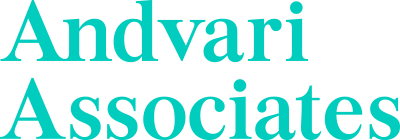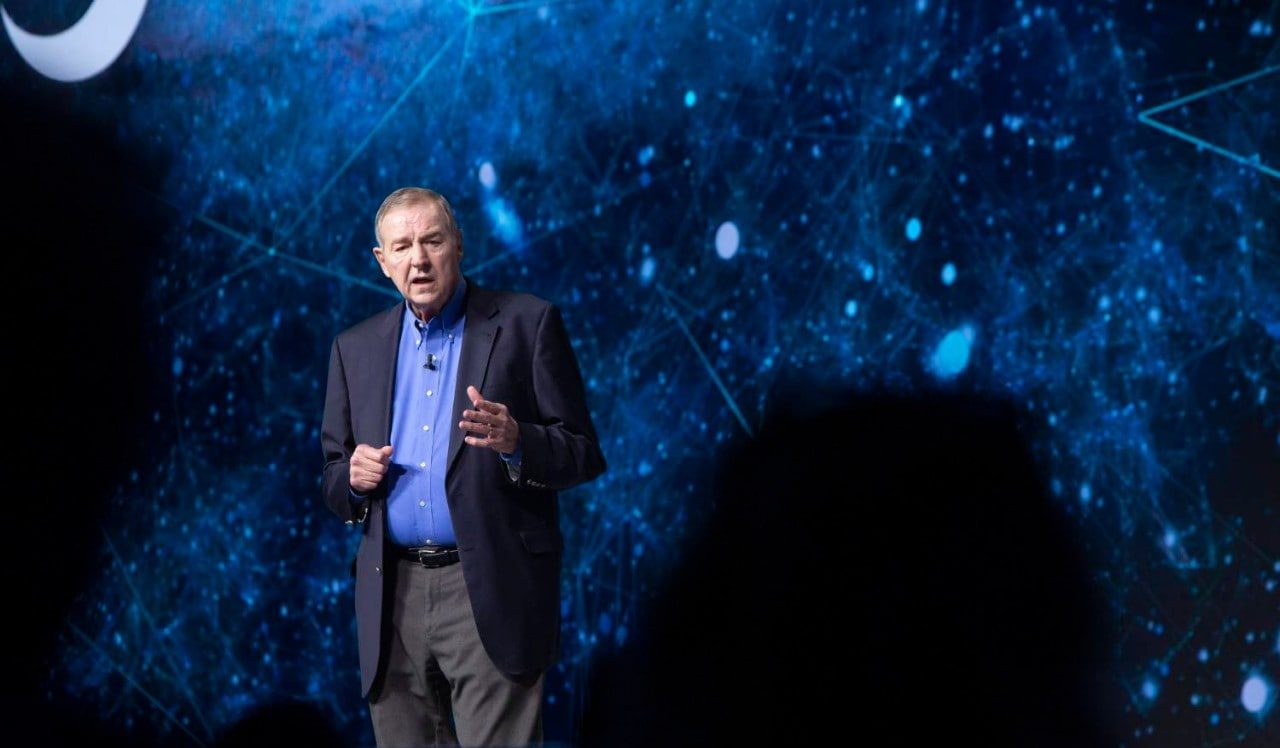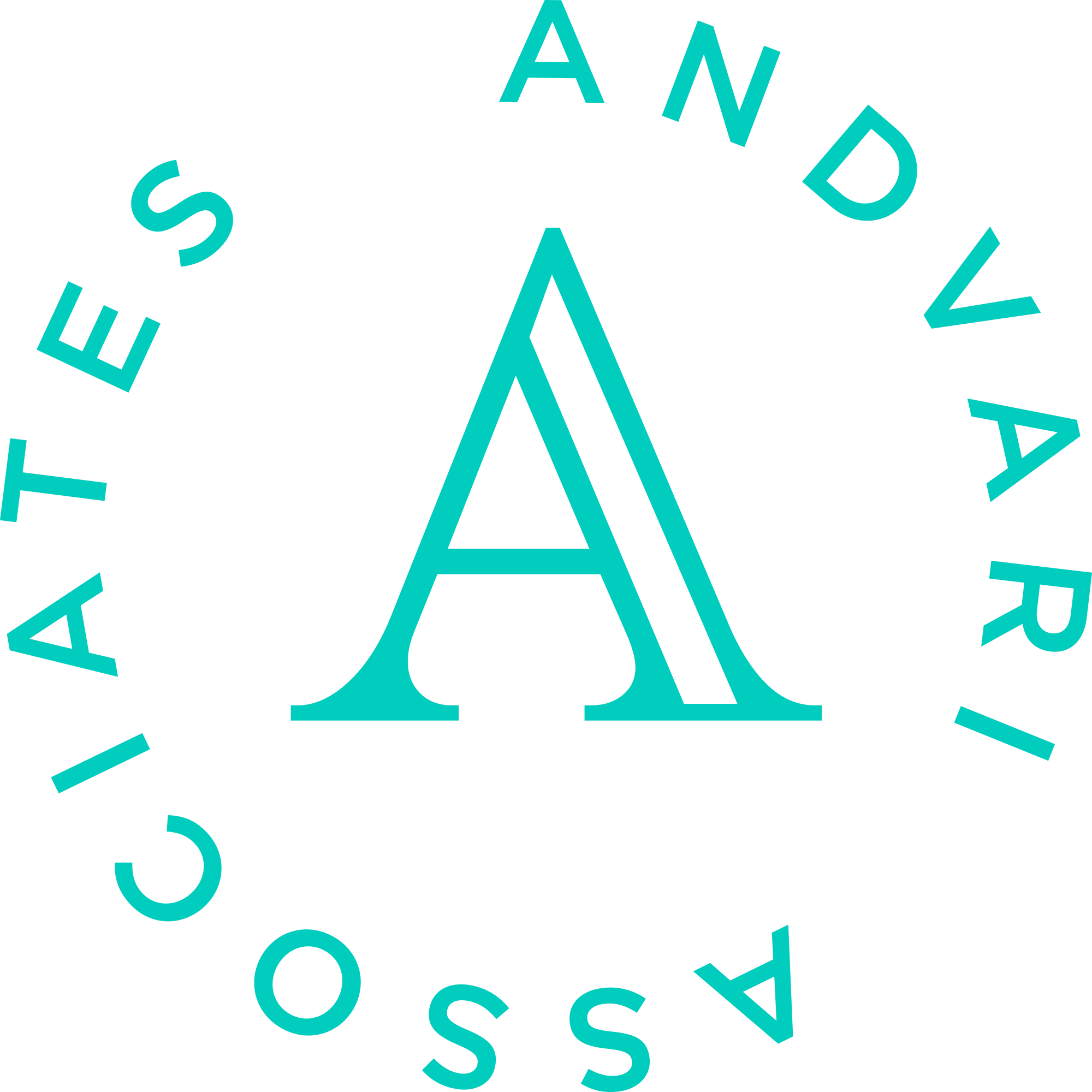SAS Institute, founded in 1976 by James Goodnight, is now the largest private software company in the world with $3.2 billion in annual revenues. Engineers, scientists, and anyone whose job involves data and statistical analysis, are the users of SAS software. Most unique about SAS is its longstanding notoriety for extraordinarily generous employee perks. Given Andvari’s emphasis on qualitative factors such as corporate culture in our research process, SAS is worth studying. It is an exemplar of how a company can have exceptional business results while treating its employees in an exceptional manner.
A GREAT PLACE TO WORK
Some of the perks of working at SAS include:
- On-site day care services that are about a third of the normal cost
- Subsidized cafeterias
- Unlimited paid sick time
- Medical services are provided for free to employees at (or nearby) SAS offices
- Employees are encouraged to work no more than 35-hours per week
- Free recreation and fitness centers
- Flat corporate organization with high intradepartmental mobility
- A profit-sharing plan that can sometimes add up to 15 percent of an annual salary
Goodnight, who still runs SAS as CEO, admits SAS’s philosophy on employee perks is not entirely altruistic. There are clear benefits to SAS’s business. But the business benefits were not the motivating factor behind the philosophy. Goodnight primarily wanted people to enjoy being at work and went backwards from there.
Way back in 2003, 60 Minutes had a 13-minute segment on SAS and its perks. One of the employees they interviewed was Mark Britt, who joined in SAS in 1989. He explained to Morley Safer, “If someone offered to double my salary, I wouldn’t even think about [taking] it.” According to the LinkedIn profile Andvari found, Mark is still at SAS—thirty-three years after he joined.
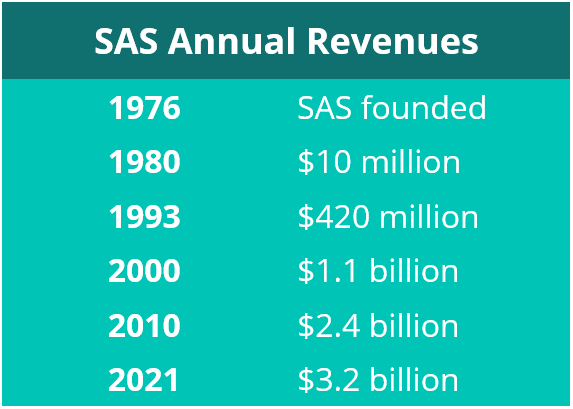
TANGIBLE BUSINESS BENEFITS
There are many benefits to the business because of its generous perks. The obvious ones are SAS can attract higher quality employees who stay with the company longer. Annual employee turnover at SAS ranges from 3–5%. Compared that to the Silicon Valley range of 20–30%. In the early 2000s, Stanford University professor Jeffrey Pfeffer estimated that SAS’s low turnover translated into annual savings of $75 million.
In addition to staying longer at a company, happier employees are more productive. Goodnight’s frequent mantra is: “If you treat employees as if they make a difference to the company, they will make a difference to the company.” Making work more enjoyable doesn’t just mean adding lots of perks, it also means a work environment where there is less bureaucracy and more resources to support projects and new ideas.
From a 1999 Fast Company article, one employee said, “You’re given the freedom, the flexibility, and the resources to do your job. Because you’re treated well, you treat the company well. In a case study by the Wharton Work/Life Roundtable, everyone they talked to mentioned they have been given what they need to do their jobs.
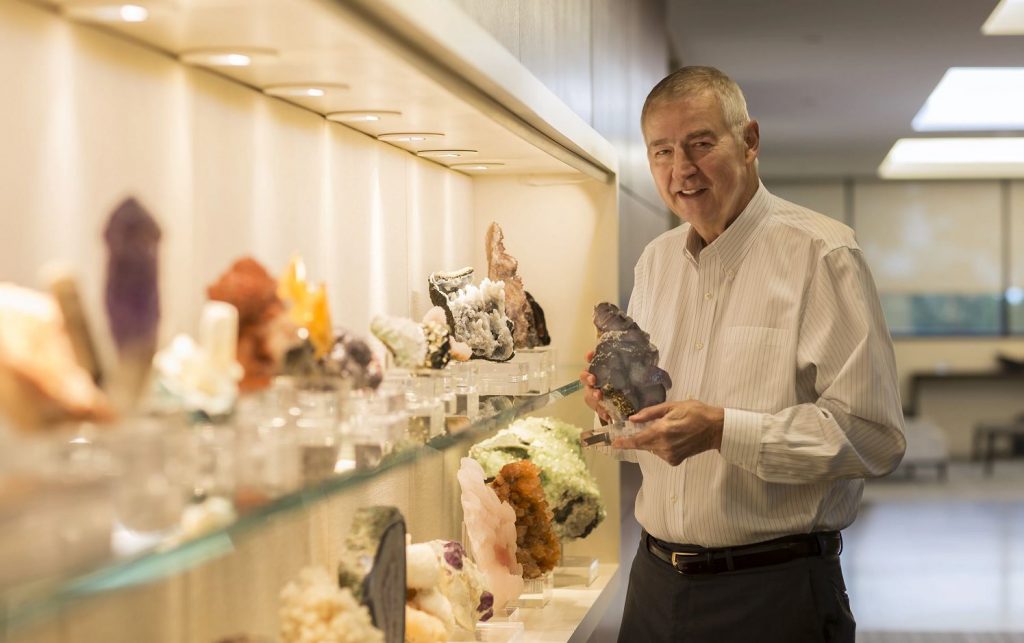
Regarding the decision to create a profit-sharing plan, the reasoning was simple and logical for Goodnight and his co-founder John Sall:
I'd rather give it to the employees than give it to the government. That's certainly been one of the guiding…concepts. I don't want to make a huge profit so I can send it to Washington. I'd rather make a smaller profit to send to Washington and make sure the employees are well taken care of with all the benefits we can afford to give them.
SAS, with over 12,000 employees in 60 countries around the world, is also a remarkably flat organization. There are only four layers between the bottom and Goodnight. In Andvari’s experience, organizations with flat or decentralized structures usually have a greater amount of entrepreneurialism and drive. These qualities in turn tend to produce exceptional results over the long-term.
ANDVARI TAKEAWAY
With news that SAS is planning to go public in 2024 (despite the fact the company has never needed to raise capital), employees will finally have the ultimate perk: a chance to become a shareholder in the business they’ve been part of for so long. Although generous perks will cost a company in the short run, it can be the right thing to do in the long run. By taking excellent care of its employees, SAS has attracted and retained thousands of employees around the world. SAS employees have in turn been able to take excellent care of their customers who in turn generated over $3 billion in revenues for SAS. Andvari looks forward to perusing the official SEC filings from SAS in 2024!
Sources and Additional Reading/Viewing
Audio / Video
- “Working The Good Life”, April 18, 2003, 60 Minutes.
- “Oral History Interview with Jim Goodnight”, July 22, 1999, Southern Oral History Program Collection.
- Charlie Rose interviews James Goodnight, March 29, 1999.
Articles
- “SAS Institute History”, Funding Universe.
- “Retention success tied to money, but it’s much more than salaries”, May 15, 2002, TechRepublic.
- “How SAS Continues to Grow”, September 2011, Inc. Magazine.
- "SAS Institute", Wharton Work/Life Roundtable.
_________
_________
IMPORTANT DISCLOSURE AND DISCLAIMERS
Investment strategies managed by Andvari Associates LLC ("Andvari") may have a position in the securities or assets discussed in this article. At the time of publication of this blog, Andvari clients had no position in SAS. Andvari may re-evaluate its holdings in any mentioned securities and may buy, sell or cover certain positions without notice.
This document and the information contained herein are for educational and informational purposes only and do not constitute, and should not be construed as, an offer to sell, or a solicitation of an offer to buy, any securities or related financial instruments. This document contains information and views as of the date indicated and such information and views are subject to change without notice. Andvari has no duty or obligation to update the information contained herein. Past investment performance is not an indication of future results. Full Disclaimer.
© 2021 Andvari Associates LLC
